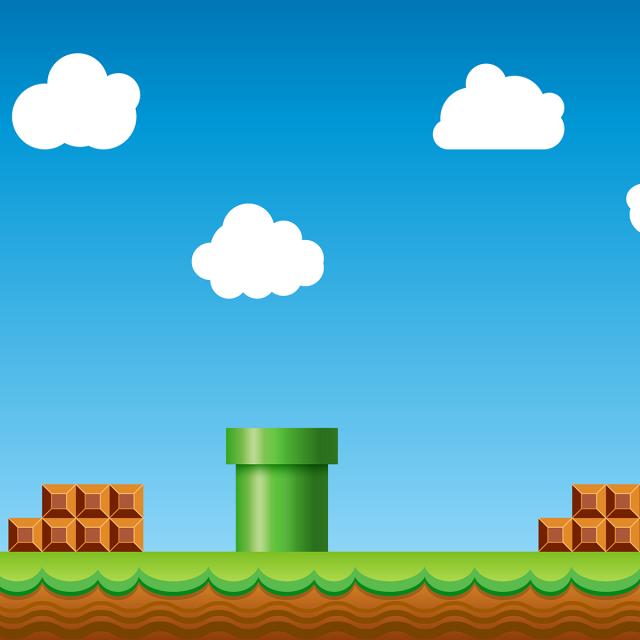MOOC List is learner-supported. When you buy through links on our site, we may earn an affiliate commission.

MOOC List is learner-supported. When you buy through links on our site, we may earn an affiliate commission.
Course 2 of 5 in the Game Design and Development with Unity 2020 Specialization.
Syllabus
WEEK 1
Your Second Step into Game Design and Development
Are you ready to take the next step in your journey into game design and development? In this module, we will introduce the theory and practice of this course. From a theoretical perspective, we will be using the Design, Play, Experience Framework across this course as a vehicle to discuss game design. From a practical standpoint, you will be creating your second game project in the course, a 2D Platformer. In the first part of the assignment, follow along with the tutorial videos introduced in this module. In the second part of the project, you will modify the game to make it your own.
WEEK 2
Game Worlds and Storytelling in Games
In this module, we will explore two important parts of the design, the game world and storytelling. The game world, simply put, is the world where the game takes place. At its simplest level, it is defined by space and time. But we will explore the game world across the physical, temporal, environmental, emotional, and ethical dimensions. In addition to the game world, we will also explore storytelling in games. There are two perspectives on storytelling in games, the “designer’s story” and the “player’s story”. The designer’s story is the storytelling that is designed into the game. The designer’s story can be used to set the stage, provide purpose and engagement, and convey content, among other things. The setting, character design, and narrative are the designers primary design tools. The storytelling that occurs during play combines the designer’s story with the interactions and choices the player makes. The resulting experience crafts the player’s story.
WEEK 3
Gameplay and User Experience
In this module, we will explore the next two layers of the Design, Play, Experience Framework, including gameplay and user experience. The gameplay layer defines what the player does in the game. That is, what choices the player can make in the game world and what ramifications those choices will have on the rest of the game. The gameplay layer is broken down into mechanics, dynamics, and affects. The mechanics are the rules that define the operation of the game world, what the player can do, the challenges the player will face, and the player’s goals. The dynamics are the resulting behavior when the rules are instantiated over time with the influence of the player’s interactions. The resulting experiences, or emotions derived in the player, are the affects. While the user experience layer is represented as the “deepest” layer in the framework, it is actually the most visible (or surface) layer from the perspective of the player where it is manifested through the user interface. The interface encompasses everything the user sees, hears, and interacts with and how that interaction happens (i.e., the control system.)
WEEK 4
Game Technology and Finishing Up
Everything in the Design, Play, Experience Framework is “grounded” on the technology that you are building the game upon. Overall, the capabilities and limitations of the technology and the resources required to implement the technology may greatly influence the design and should be considered throughout the design process. In this module, you will also finish up the 2D Platformer project, submit it for peer review, and peer review your fellow learners games. Finish the course strong!
MOOC List is learner-supported. When you buy through links on our site, we may earn an affiliate commission.
MOOC List is learner-supported. When you buy through links on our site, we may earn an affiliate commission.
